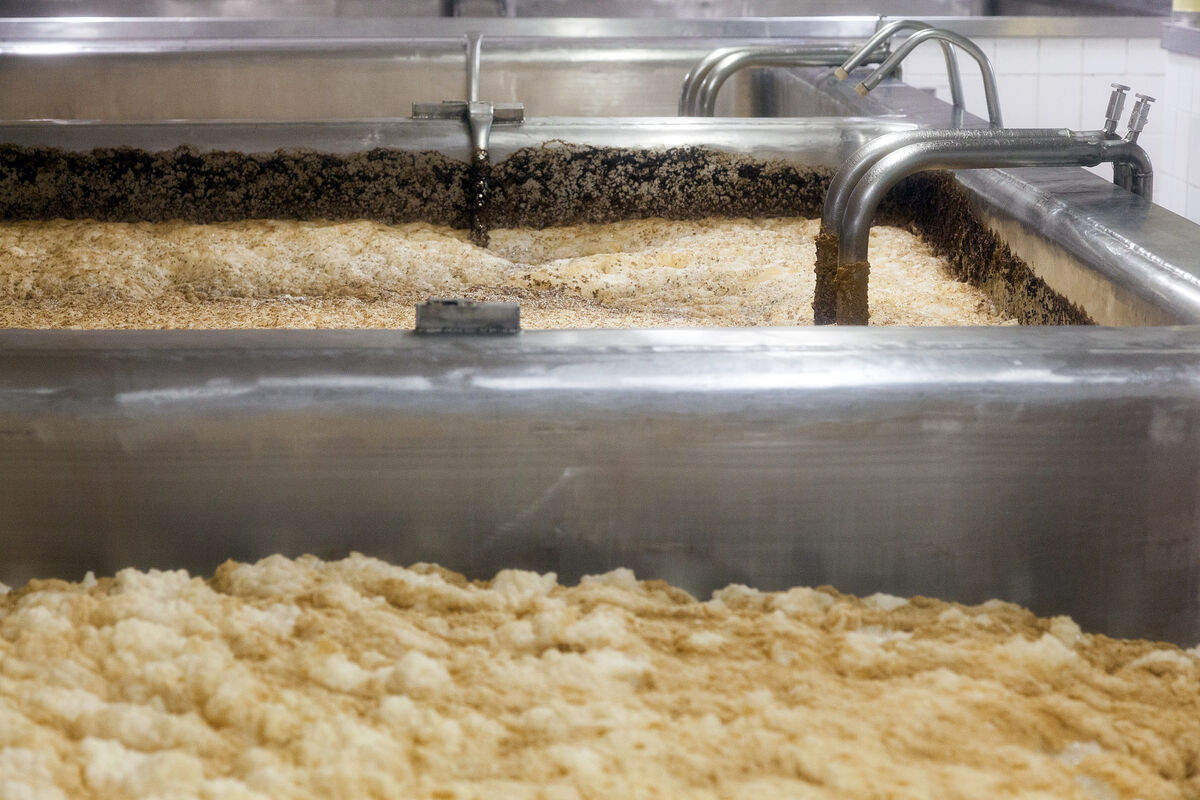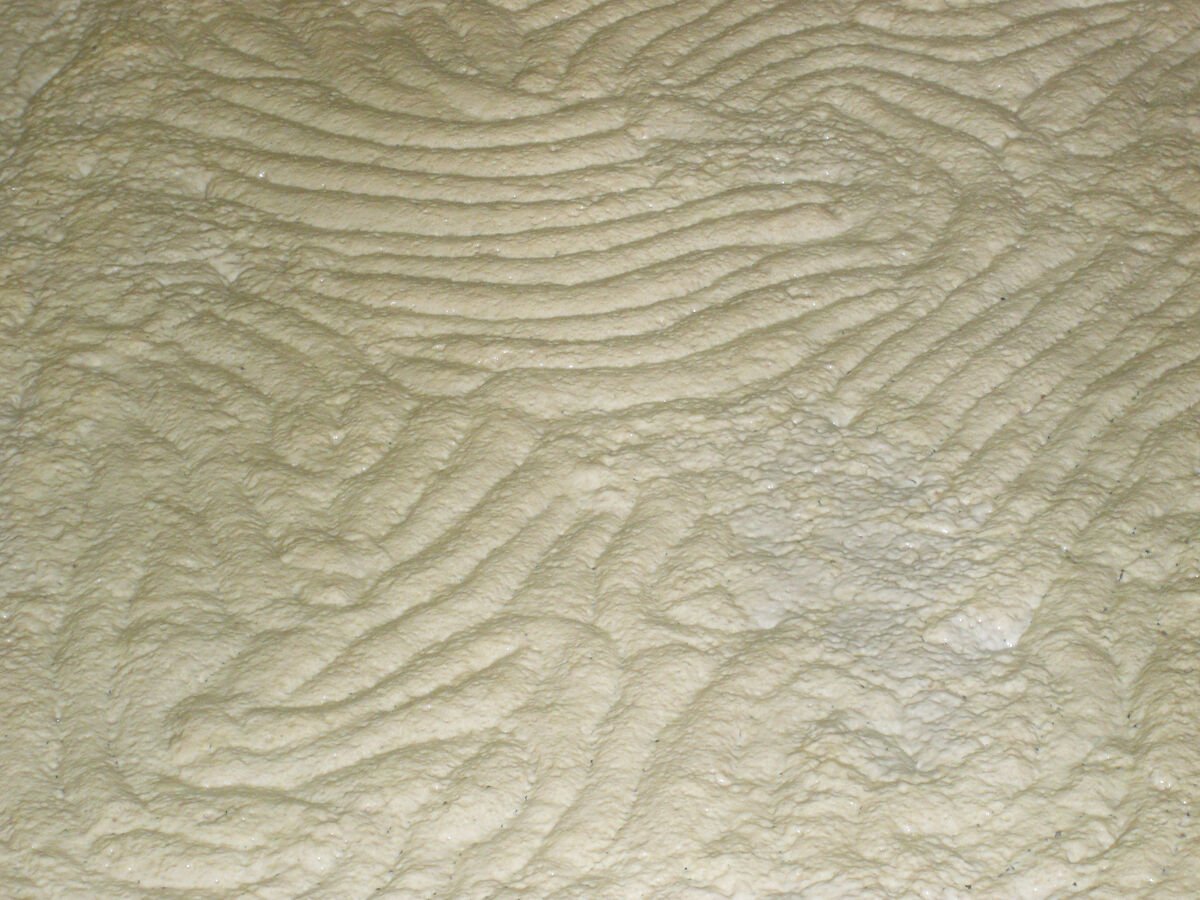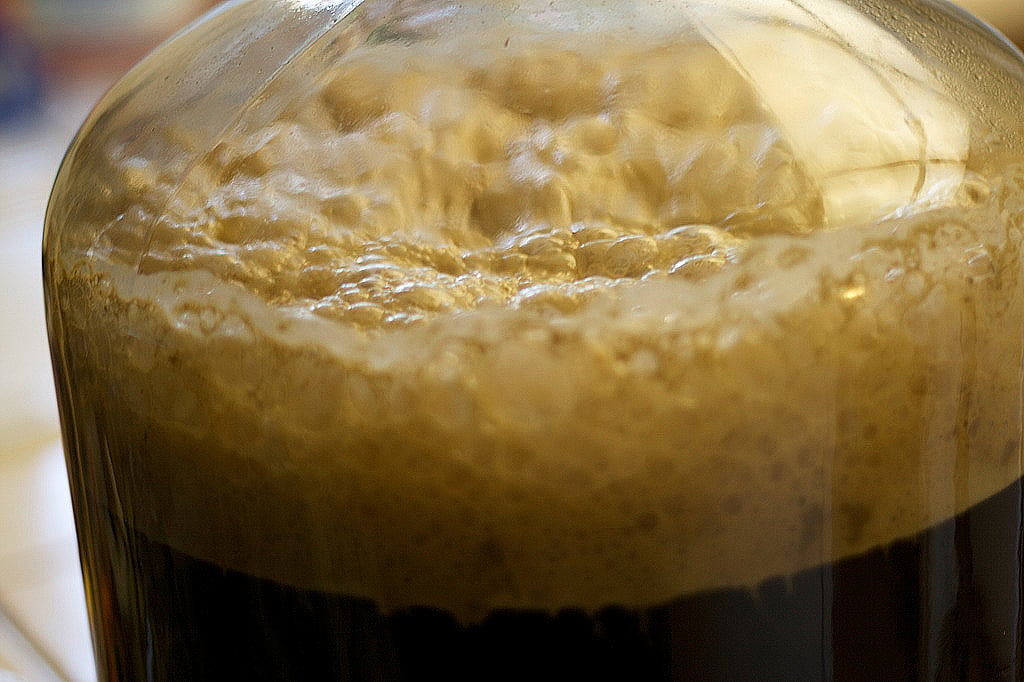Start 14-Day Trial Subscription
*No credit card required

The Role of Beer Yeast in Brewing
Discover the microscopic marvel that makes beer possible with our guide to the powerhouse behind your favorite brews: beer yeast. From its ancient origins to its modern mastery, learn how yeast transforms sugars into the rich flavors and aromas that define different beer styles. Explore the distinct roles of ale and lager yeasts, and uncover the fascinating journey from fermentation to flavor.
The fascinating microscopic organism that is yeast provides a tremendous impact on beer and brewing. Yeast plays a key role in creating the distinctive aroma and flavor components that make up an impressive variety of beer styles. Without the metabolism of yeast cells, the traditional production of alcoholic beverages would not be possible.
Understanding Yeast: The Basics
Yeasts are single-celled organisms with a nucleus that belong to the fungus kingdom. Unlike plant cells, yeast requires no sunlight, and the organism has been the catalyst used in baking and the creation of alcoholic beverages for thousands of years. During fermentation, the primary beer yeast species, known as Saccharomyces cerevisiae, produces energy for its cellular metabolism by converting certain sugars into carbon dioxide, alcohols and fermentation by-products.
Brewers in the middle ages had no idea about the presence of yeast and the role it plays in beer production. These rustic brewers would often stir a new vat of wort with a "magic" wooden paddle inoculated with yeast cells from previous batches. Fermentation would kick in within a few hours. Thankfully, modern brewers possess an intimate scientific knowledge of yeast types, metabolism, reproduction and flavor-production characteristics.
Classification of Brewing Yeast
Basically, two types of brewing yeast exist – classified originally on whether fermentation takes place at the top of the fermenter (top-fermenting) or near the bottom (bottom-fermenting). Beer yeast that prefers warmer temperatures and working near the top of the fermenter is known as "ale" yeast. Bavarian wheat beer yeast is also classified as a type of ale yeast. "Lager" yeast likes to hang out at the bottom of the fermenter and thrives in colder temperatures.
Ale yeast strains ferment best at temperatures in the range of 60 to 72 degrees Fahrenheit. They are quite diverse in metabolism and in the production of fruity, spicy aroma and flavor compounds imparted to the finished beer. Think of a traditional English brewery using ale yeast in open fermentation vats at a rather cool ambient temperature. The beer ferments in just a few days, and the resulting English bitter style offers elegant notes of dried fruit, stone fruit and perhaps just a hint of butterscotch - all of which are fermentation by-products from the ale yeast.
Ale strains have a knack for excreting ester chemicals that can be perceived as various fruit notes. Being greatly influenced by temperature, ale yeast can experience a four-fold increase in ester production as a result of increasing fermentation temperature from 60 to 68 degrees Fahrenheit. Ales fermented at extremely warm temperatures will often exhibit intense fruitiness.

Basically, two types of brewing yeast exist – classified originally on whether fermentation takes place at the top of the fermenter or near the bottom.
Ale Yeast vs. Lager Yeast
Bavarian Weissbiers arise from a type of ale yeast that works brilliantly in creating wheat beers that can offer complex notes of spice, clove, vanilla, bubblegum and banana that complement the cereal notes of the wheat. Brewers must take care to segregate the distinctive weissbier yeast from standard ale and lager yeasts used in the production of other beers.
Prior to the mid-1800s, almost all beers were made using English ale yeast, but lager yeast soon became extremely popular after the invention of clear, golden pilsners and other stylish lager beers in the nineteenth century. Due to the worldwide popularity of light lager beers, lager yeast now produces the majority of the world's beer volume.
Lager yeast was first used in Bavaria and then taken to Pilsen in the Czech Republic and Copenhagen in Denmark in the nineteenth century. Brewers often carried out fermentation and cold conditioning (lagering) in icy cellars or caves in the early days. Later, the Industrial Revolution's steam power, refrigeration, pasteurization and railways made it possible for brewers to employ lager yeast and market the resulting beers far and wide.
Many lager beers are produced with a yeast variant called Saccharomyces carlsbergensis - a cross between classic Saccharomyces cerevisiae and a mysterious wild yeast strain. Recent genetic research shows that this fascinating wild strain probably came from Argentinian tree bark in chilly Patagonia that somehow made its way to Europe on early trading ships.
Lager yeast strains prefer to work in temperature ranges of 42 to 52 degrees Fahrenheit, so a Bavarian cave made the perfect environment for lager brewing and storage. Early brewers immediately noticed that the lager beer actually improved during weeks or months of cold storage in the caves. During extended periods of cold conditioning, lager yeasts tend to break down and metabolize esters and other ale-like fermentation compounds, producing beers that are more delicate, clean, crisp and less fruity and aromatic than ales.

Prior to the mid-1800s, almost all beers were made using ale yeast, but lager yeast soon became extremely popular after the invention of clear, golden pilsners and other stylish lager beers in the nineteenth century.
Reproduction and Metabolism of Brewing Yeast
Brewing yeast reproduces by way of simple sexual and asexual processes. Brewers appreciate yeast's ability to grow to a massive volume in just a few hours by the asexual cycle of "budding." A small quantity of healthy yeast cells are added to the sugar water (wort) produced by soaking fermentable sugars out of malted grains like barley. Oxygen is introduced into the wort to jump-start the yeast's metabolism, and the yeast cells begin to take in the oxygen and feast on the sugars. The happy yeast cells immediately start to bud off new cells that also gorge themselves on sugar and reproduce at an astounding rate.
When oxygen in the fermentation vessel is mostly absorbed by the yeast, the cells employ a simple version of anaerobic fermentation to produce the alcohol and carbon dioxide required in beer production. When most of the sugar is depleted in the beer, the yeast cells settle to the bottom of the fermenter, forming a thick layer that can be separated easily from the liquid.
A tiny yeast cell is a fascinating example of primordial metabolism. In the proper environment, the cell absorbs sugar, oxygen and amino acids for cellular fuel. Yeasts, in turn, release ethanol, carbon dioxide and fruity esters as waste products. At times, beer yeast will also excrete organic acids, sulfur volatiles, spicy phenols, buttery diacetyl, fusel-type alcohols, and various other chemical components that may impact the aroma and flavor profile of the finished beer.
Yeast Diversity in Different Beer Styles
Different yeast strains play an essential role in the creation of classic beer styles. Think of the clean, malt-forward character of lagers such as American Standard Lager, Czech Pale Lager and Bavarian lagers such as Helles, Dunkel, Bock, Festbier and Märzen. In contrast, American and British ales offer light fruity notes from esters, and most craft beer fans love the complex, fruity, spicy notes of Belgian ales such as Dubbel, Tripel and Witbier. We've already touched on the appealing spice character of a Bavarian Weissbier. None of these qualities would be present without the magic of different yeasts.
"Wild" fermented beers like Lambics, mixed-fermentation sour beers and wild specialty beers employ an array of yeast and bacteria found in the surrounding environment. The fermentation may involve a wild yeast such as Brettanomyces that imparts intriguing leather, sweat, and horse blanket notes. Lambics and beer styles such as Flanders Red Ale, Berliner Weisse and Gose owe their crisp sourness to the work of acid-producing bacteria such as Lactobacillus and Pediococcus.
Despite being such simple cells, brewing yeast has been the subject of numerous doctoral theses and spawned significant breakthroughs in cellular metabolism, genetics, lab procedures and biochemistry. Most people are simply thrilled with the fact that brewer's yeast has blessed us with the ability to produce the world's most popular alcoholic libation.
Our Take On the Remarkable Impact of Yeast in Beer and Brewing
When it comes to brewing beer, yeast plays a vital role, and one that no other organism on other can play.
The wide array of different yeast strains and the impressive variety of flavors, textures and other characteristics than they can provide to a beer are paramount during the brewing process, and craft beer simply would not be the same without it.
Well, it wouldn't exist for one thing, but think of the beautiful kaleidoscope of flavors that beer can provide and remember: None of them would be possible without yeast.




